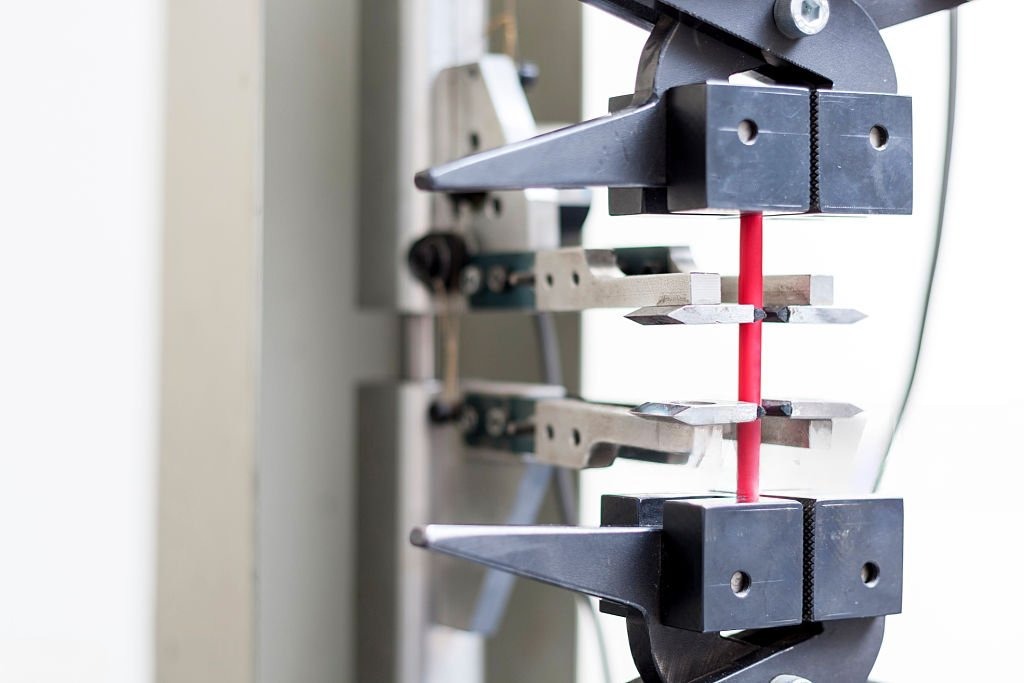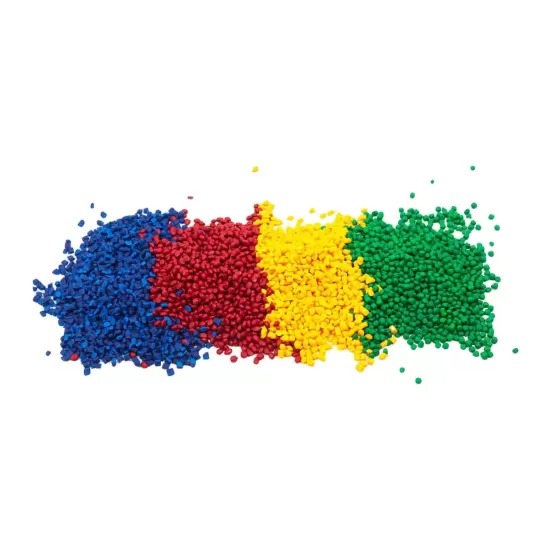As solar energy continues to power the global shift toward clean electricity, the reliability of photovoltaic (PV) system components has become more critical than ever—especially in harsh environments like deserts, rooftops, floating solar arrays, and offshore platforms. Among all components, PV cables are the lifelines of energy transmission. To ensure long-term durability and performance, one mechanical test stands out in importance: tensile testing.
This article explores what tensile testing means for PV cables, why it’s essential, what standards govern it, and how materials and cable structure affect tensile strength.
1. What Is Tensile Testing in PV Cables?
Tensile testing is a mechanical procedure used to measure a material or component’s ability to resist pulling forces until failure. In the case of photovoltaic cables, it determines how much mechanical stress the cable components—such as insulation, sheath, and conductor—can withstand before breaking or deforming.
In a tensile test, a cable sample is clamped at both ends and pulled apart using a universal testing machine at a controlled speed. Measurements are taken for:
-
Breaking force (measured in Newtons or MPa),
-
Elongation at break (how much it stretches before failure), and
-
Tensile strength (maximum stress the material can endure).
Tensile tests are performed on individual layers of the cable (insulation and sheath) and sometimes the full assembly, depending on standard requirements.
2. Why Perform Tensile Testing on Photovoltaic Cables?
Tensile testing is not merely a laboratory formality—it directly correlates with real-world cable performance.
Key Reasons PV Cables Require Tensile Testing:
-
Installation stress: During stringing, pulling, and bending, cables are exposed to tension that may cause internal damage if strength is insufficient.
-
Environmental challenges: Wind pressure, snow loads, mechanical vibration (e.g., from trackers), or sand erosion can exert force over time.
-
Safety assurance: Cables under tension that crack, split, or lose conductivity can cause energy loss or even arc faults.
-
Compliance and reliability: Projects in utility-scale, commercial, and extreme environments demand certified mechanical properties to meet global standards.
In short, tensile testing ensures the cable can withstand mechanical stress without failure, reducing risks and improving long-term stability.
3. Industry Standards Governing PV Cable Tensile Testing
Photovoltaic cables must comply with stringent international standards that outline minimum tensile requirements for different parts of the cable.
Key Standards Include:
-
IEC 62930: Specifies tensile strength and elongation for insulation and sheathing materials before and after aging.
-
EN 50618: The European standard for PV cables, requiring tests for mechanical robustness including tensile strength of sheaths and insulation.
-
TÜV 2PfG 1169/08.2007: Focuses on cables for PV systems with voltage ratings up to 1.8 kV DC, including detailed tensile and elongation test requirements.
-
UL 4703 (for US market): Also includes tensile strength tests during material evaluation.
Each standard defines:
-
Minimum tensile strength (e.g., ≥12.5 MPa for XLPE insulation),
-
Elongation at break (e.g., ≥125% or higher depending on material),
-
Aging test conditions (e.g., oven aging at 120°C for 240 hours), and
-
Test procedures (sample length, speed, environmental conditions).
These standards ensure cables are durable enough to meet the demands of solar installations around the world.
4. How Cable Materials and Structure Influence Tensile Performance
Not all PV cables are created equal. The material composition and cable design play a major role in determining tensile strength.
Material Impact:
-
XLPE (Cross-Linked Polyethylene): Offers superior tensile strength and thermal stability, commonly used in EN 50618-rated cables.
-
PVC: More affordable, but lower mechanical strength—less preferred in outdoor or utility-scale PV applications.
-
TPE / LSZH: Low-smoke, halogen-free options that balance flexibility and moderate tensile performance.
Conductor Impact:
-
Tinned Copper: Adds corrosion resistance and improves mechanical bonding with insulation.
-
Stranded vs. Solid: Stranded conductors improve flexibility and reduce risk of breaking under repeated tension.
Structural Design:
-
Sheath Reinforcement: Some PV cables include aramid fiber or double-sheath designs for added tensile resistance.
-
Multi-core vs. Single-core: Multi-core cables generally have more complex mechanical behavior but may benefit from reinforced fillers.
High-quality material selection and optimized structure design significantly enhance a cable’s ability to pass tensile testing and perform under field conditions.
Conclusion
Tensile testing is a fundamental benchmark for ensuring the mechanical robustness of photovoltaic cables. In challenging environments—whether under the scorching sun, strong winds, or offshore spray—cable failure is not an option.
By understanding tensile testing, selecting compliant products, and sourcing from certified manufacturers, solar EPCs, developers, and procurement teams can ensure safe, efficient, and long-lasting power delivery.
Looking for PV cables that meet IEC, EN, or TÜV tensile standards?
Partner with Danyang Winpower Wire and Cable Mfg Co., Ltd. who provides full mechanical test reports and material traceability to ensure your solar project stands the test of time.
Post time: Jul-22-2025


